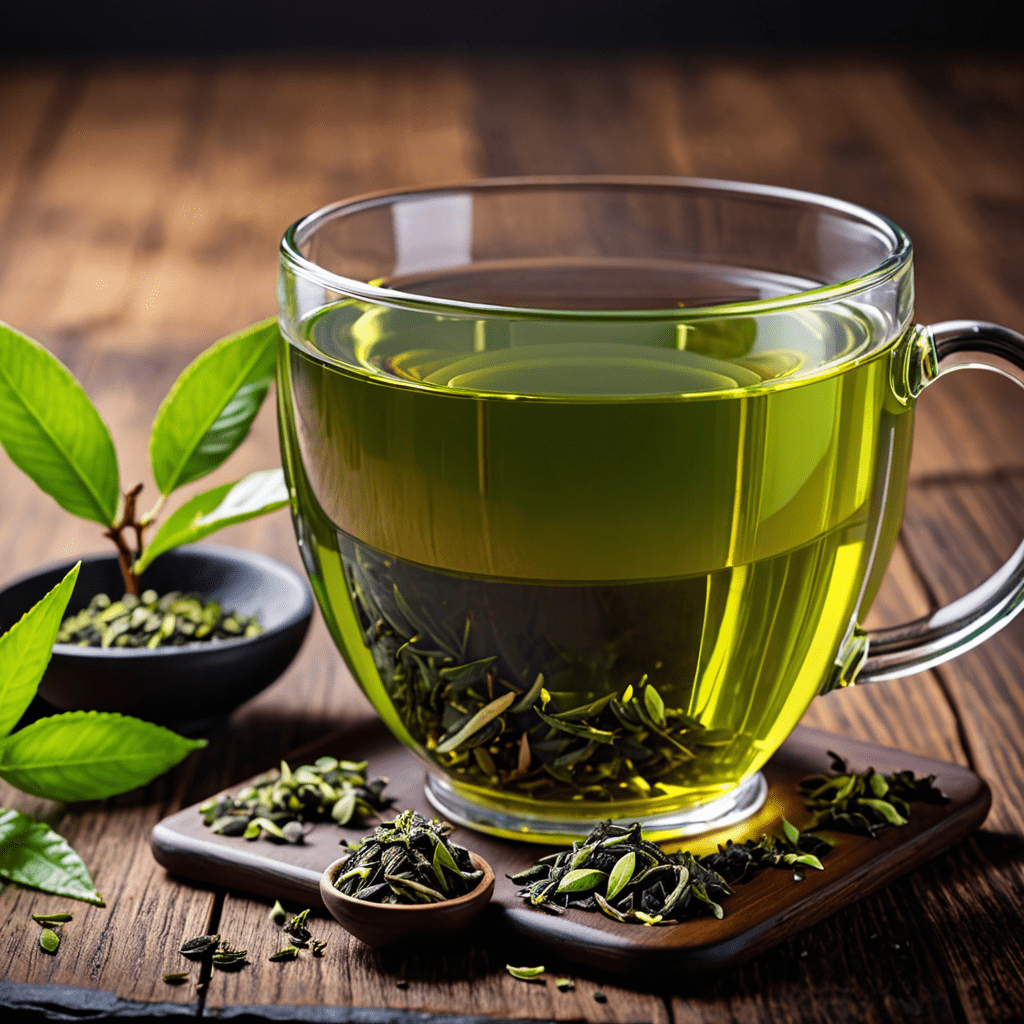
Experience the Unique Flavor Profile of Green Tea
Green tea is a popular beverage known for its unique taste and numerous health benefits. If you’ve ever wondered what green tea tastes like, you’ve come to the right place. In this article, we’ll delve into the distinctive flavor profile of green tea, its various notes, and its overall sensory experience. Let’s explore the world of green tea flavor together.
Understanding the Flavor Profile
Green tea offers a delicate and refreshing flavor that sets it apart from other types of tea. It is often described as having a slightly vegetal or grassy taste, with subtle sweet and nutty undertones. The flavor can vary depending on the specific type of green tea and how it’s processed.
Grassy and Vegetal Notes
One of the defining characteristics of green tea is its grassy or vegetal notes. Some green teas may evoke the fresh, earthy essence of green vegetables, such as spinach or seaweed. This natural, herbaceous quality contributes to the tea’s refreshing and clean taste.
Sweet and Nutty Undertones
In addition to its vegetal notes, green tea often exhibits sweet and nutty undertones. These flavors can range from subtly sweet to mildly nutty, adding complexity to the overall taste profile. The gentle sweetness and nuttiness create a well-balanced, soothing experience for the palate.
Bitterness and Astringency
While green tea generally offers a smooth and mellow taste, some varieties may have hints of bitterness and astringency. These qualities contribute to the tea’s refreshing and invigorating character. However, proper brewing techniques can minimize these aspects, allowing the tea’s natural flavors to shine through.
Aroma and Aftertaste
Beyond its taste, green tea boasts a delightful aroma that complements its flavor profile. The fragrant, slightly grassy scent enhances the overall sensory experience. Additionally, green tea often leaves a pleasant, lingering aftertaste that resonates with its herbal and slightly sweet notes.
FAQ
What Factors Influence the Taste of Green Tea?
The taste of green tea is influenced by various factors, including the tea’s specific variety, growing region, cultivation methods, harvest time, and processing techniques. Each of these elements contributes to the unique flavor profile of a particular green tea.
How Does Green Tea Differ from Other Types of Tea?
Green tea stands out from other types of tea, such as black tea and oolong tea, due to its minimal oxidation during processing. This minimal oxidation helps preserve the tea’s natural green color and delicate flavors, resulting in a light, crisp taste distinct from the robustness of black tea or the floral notes of oolong tea.
Can Green Tea Have Floral or Fruity Notes?
While green tea is known for its grassy and vegetal characteristics, certain varieties may exhibit subtle floral or fruity notes, particularly in high-quality, carefully crafted teas. These delicate nuances contribute to the diversity of green tea flavor profiles.
Is Green Tea Bitter if Brewed Incorrectly?
Improper brewing, such as using water that is too hot or steeping the tea for too long, can indeed result in a bitter taste. However, with the right brewing parameters, including lower water temperatures and shorter steeping times, the bitterness can be minimized, allowing the tea’s natural flavors to shine.


